
Review and images by EpicRaptorMan; edited by bmathison1972
Imagine a white fuzzy seal with big black eyes crying out for food. Now imagine a massive predator with enormous jaws and an appetite to match; this is Hydrurga leptonyx a.k.a. the leopard seal.
Today I chose to review the leopard seal by Papo (56042) and if you couldn’t tell by the intro, the leopard seal is not to be trifled with.
Read more
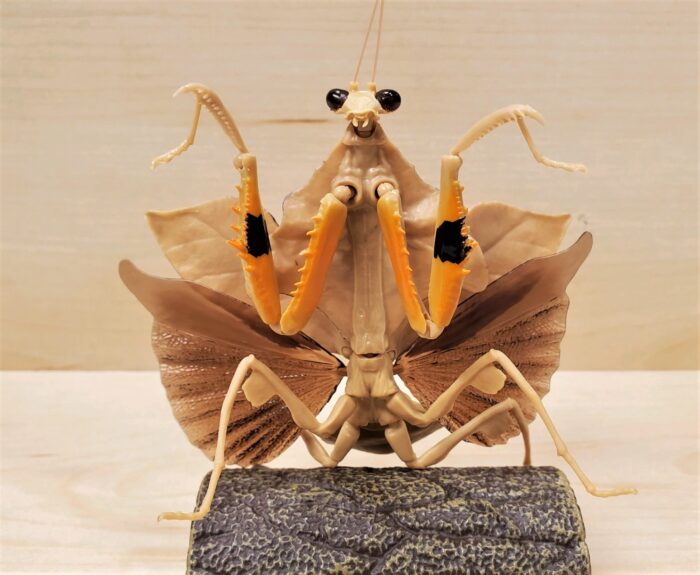
Earlier this year I reviewed a pair of Japanese giant mantids (Tenodera aridifolia) from Bandai’s Diversity of Life on Earth Line. In October of this year, the second volume in the mantid series was released. As the name of the set suggests, there were two more figures of T.
Read more
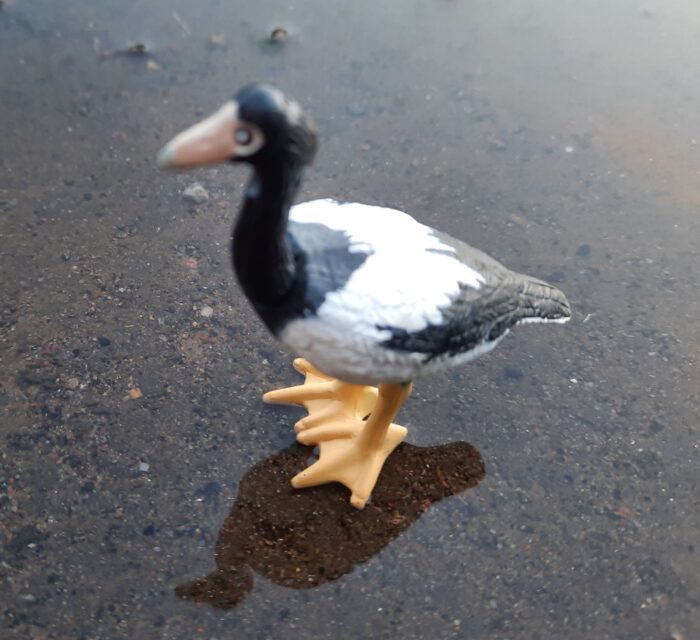
Some may read the title and think “what is that?! A freak of nature? Science creating some hideous hybrid?!!?!?” The answer is more interesting: the Magpie goose (Anseranas semipalmata) is the last of a family of waterfowl, the Anseranatidae, which is a living fossil from the KPg boundary.
Read more
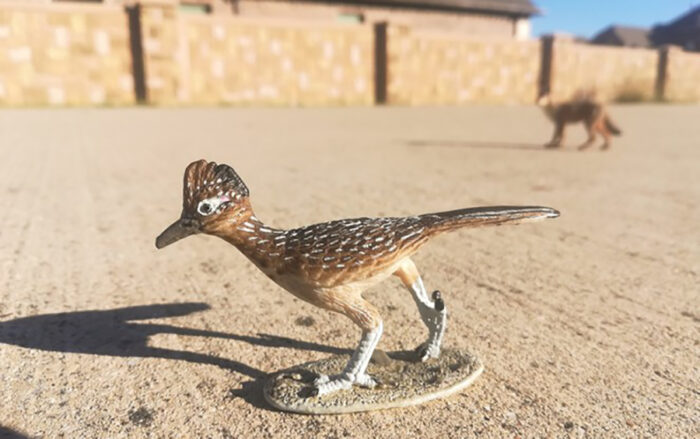
Review and images by EpicRaptorMan; edited by bmathison1972
Does the Looney Tunes Roadrunner say “meep-meep” or “beep-beep“? Well, whatever it says the real roadrunner’s call is more of a “coo coo” which makes sense as they are members of cuckoo family, Cuculidae.
Read more

I must have been about 7-9 years old when I was first introduced to the giant squid (Architeuthis dux) via an episode of Arthur C. Clarke’s Mysterious World, which aired on the Discovery Channel during the 80’s and 90’s. The show was about unexplained phenomena and the episode in question was titled “Monsters of the Deep”.
Read more
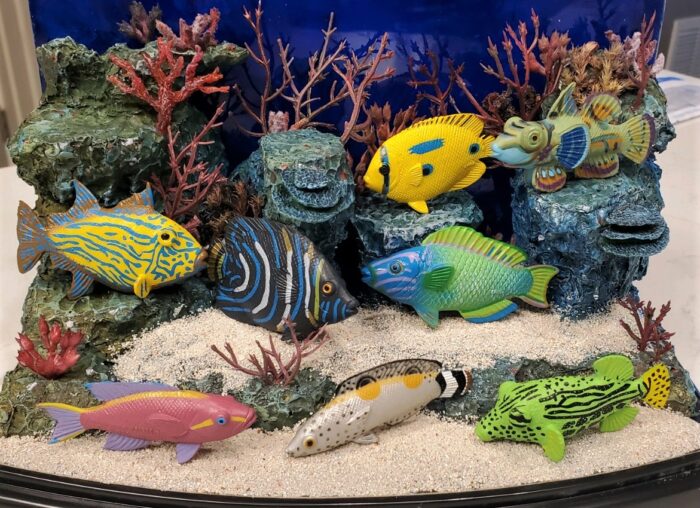
With recent discussions on the STS forum on the identity of Play Visions’ Tropical Fish collection from 1996, I was inspired to review the set on the Blog! These figures are all marked with very generic common names, and the species-level identifications are all community-based. If anyone can offer up better identifications, let us know, we’d love to hear from you!
Read more

Right about the time I decided the review the Cadbury Yowie giant clam a couple weeks ago, Toy Spirits (a subsidiary of SO-TA, or vice versa) decided to produce one in the third volume of their Shellfish with a Lid Mascot series. The figure was not marketed at the species level, but I bought it hoping I could confidentially identify it as something different than the Cadbury figure which was specifically marketed as Tridacna maxima.
Read more

The pygostyle is an amazing evolutionary adaptation. The fusion of several vertebrae allows for some amazing tail fans, allowing birds to perform incredible displays in mating displays. One group that exemplifies this are fantails, named for their large tail feathers, allowing the males to display elegantly to females. One such example is the Grey fantail (Rhipidura albiscapa), a small insectivore from Australia, along with the Solomon islands, New Caledonia and Vanuatu.
Read more
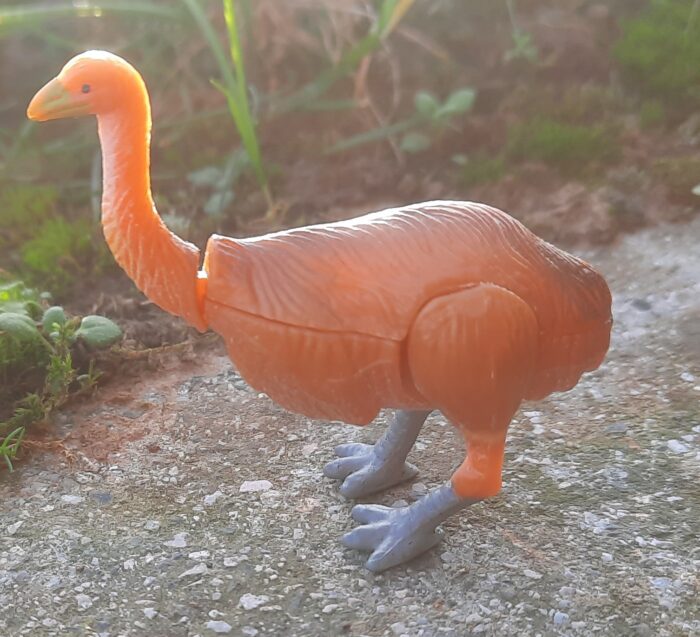
The largest bird today is the Ostrich, and this is owing to it’s flightlessness. The recent past, however, provided greater flightless giants. One such came from New Zealand, in the form of the South island Giant Moa, Diornis robustus, with females able to reach up to 11ft 10″ if they stretched up, being 6ft 6″ on a horizontal plane.
Read more

Review and images by Saarlooswolfhound; edited by bmathison1972
In honor of the American holiday of Thanksgiving, here is a poultry to satisfy any bird lover’s appetite. The Safari Ltd. #242929 turkey (Melagris gallopavo), released as part of their Safari Farm line in 2007 and still in production today, is a marvelous avian figure.
Read more

It’s Thanksgiving this week in the United States, and as a result I feel once again compelled to review a turkey, as I did the year prior. Since I didn’t have a plastic turkey for review last year, I went with a plush one instead. Here it is a year later, and I have failed to acquire a turkey since then and now have to resort to whatever turkey I might have lying about.
Read more
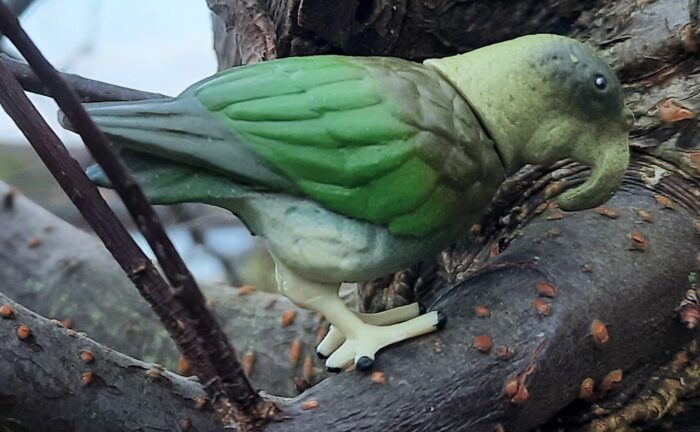
Parrots are an amazing group of birds. Whilst most think of them as brightly coloured tropical birds that repeat phrases, they are actually some of the most intelligent animals on the planet, ranking high among birds, along with corvids. And yes, while parrots like the macaws are brightly coloured, many are primarily green, matching their environment.
Read more















